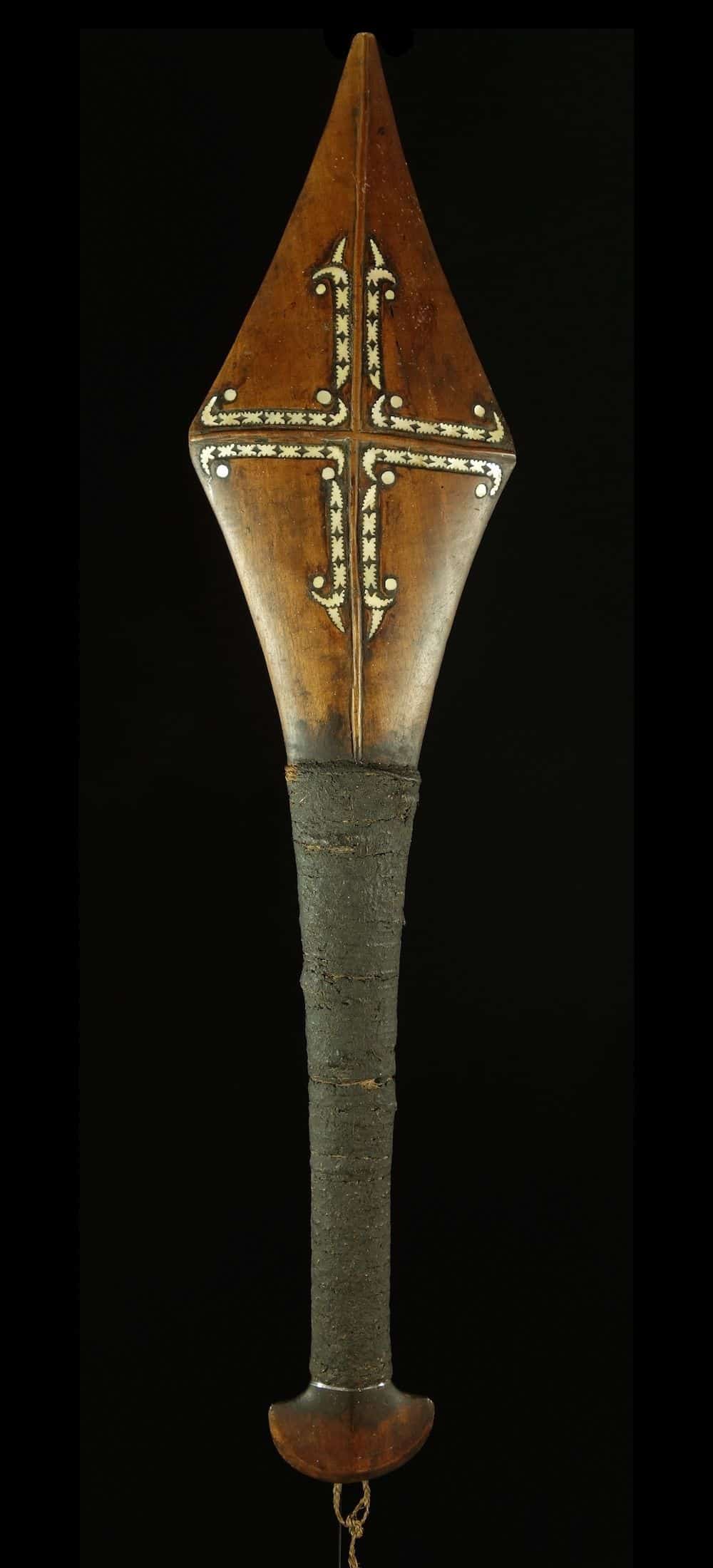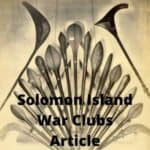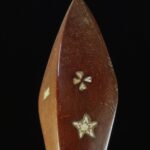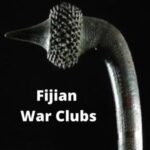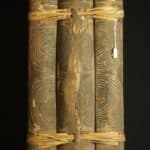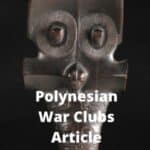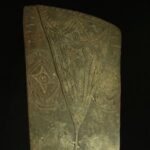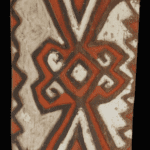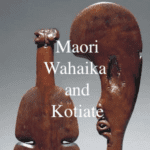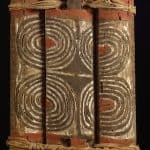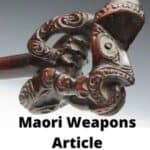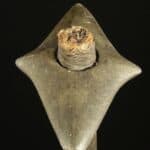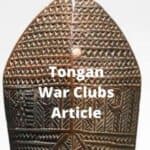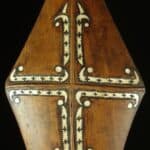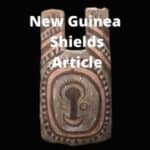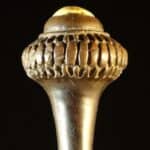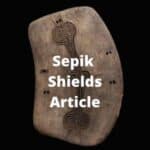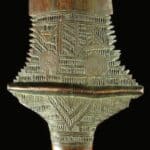Solomon Island War Clubs
There are many different styles of Solomon Island War Clubs. They vary in style and shape depending on the region/tribe they come from. This article is an introduction to the different types of Solomon Island war clubs and Melanesian war clubs. It has images to help readers identify where a war club comes from.
Solomon Island War clubs are quite beautiful in their own right and are highly collectible. They are not just collected by militaria enthusiasts but by collectors of antique tribal art.
I buy Solomon Island War Clubs and Solomon Islands Art so if you have one to sell I would love to see it. If you just want to know what your Solomon Island war club is worth please feel free to send me a Jpeg.
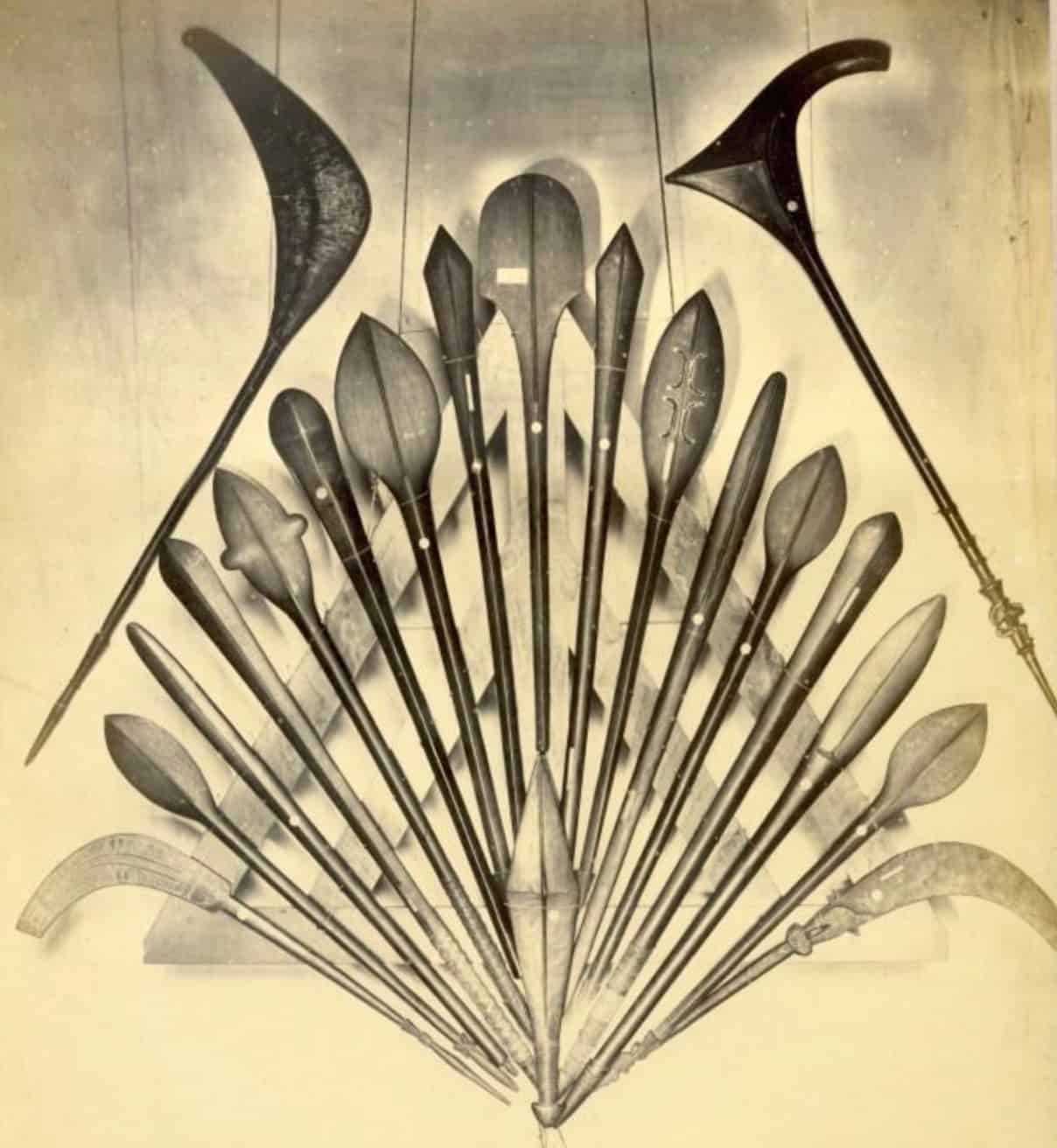
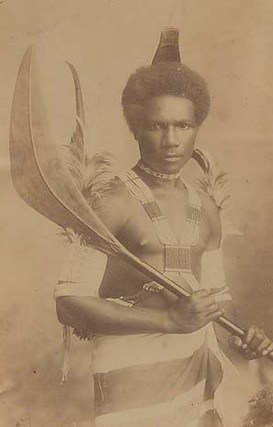
Solomon Island War clubs General information
Solomon Islands War Club Types

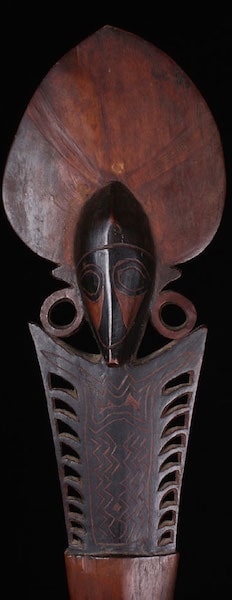

Buka Island Clubs
Clubs from Buka Island in New Guinea are artistically North Solomon islands. They are very collectible due to the wonderful figures found on the handle.
Even the figure from the handle alone is of some collectible value. They are usually made from Kwila or other dark hardwood trees.
Used in ceremonial dances and they are sometimes called dance paddles.
Solomon Island Paddle clubs
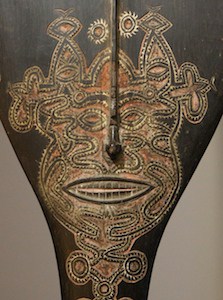

Alafolo Club
Made from heavy ironwood these clubs come from Malaita Island. They have two protuberances that are often referred to as noses.
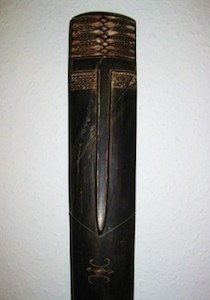
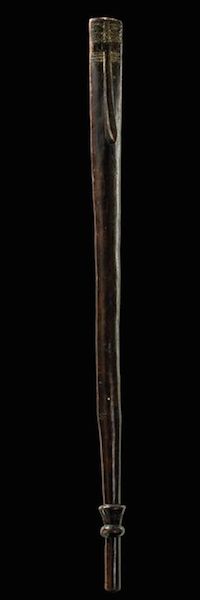
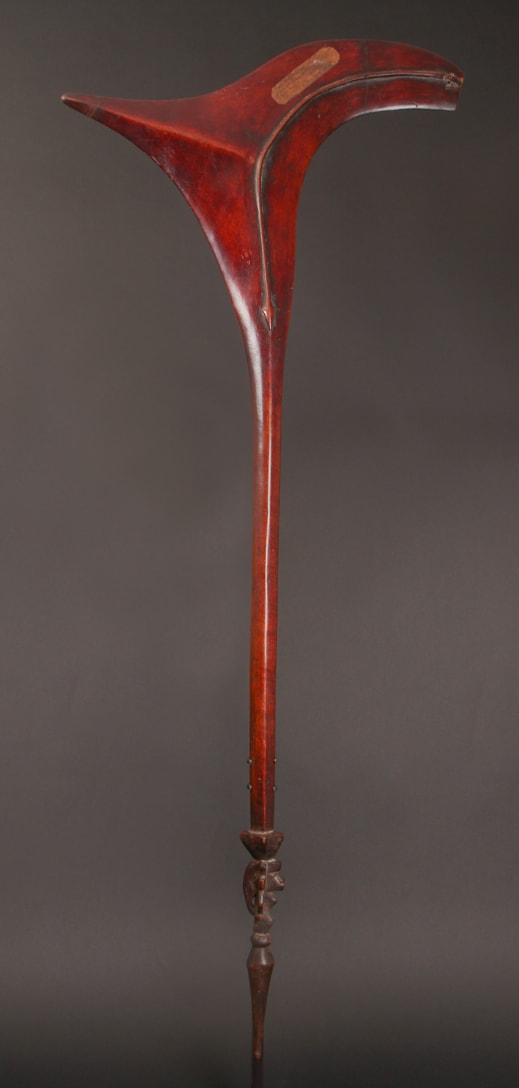
Solomon Island parrying clubs
These shield clubs had a defensive purpose and were for deflecting light spears and arrows.
The type on the left called a Roromaraugi is very collectible. Value is often determined by how pretty the figure on the bottom of the shaft is.
The type on the right called a Qauata and is far more common.
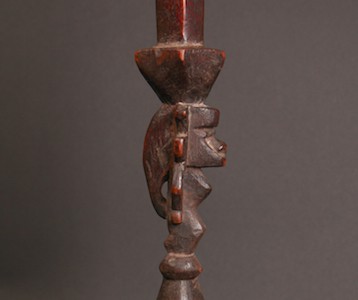
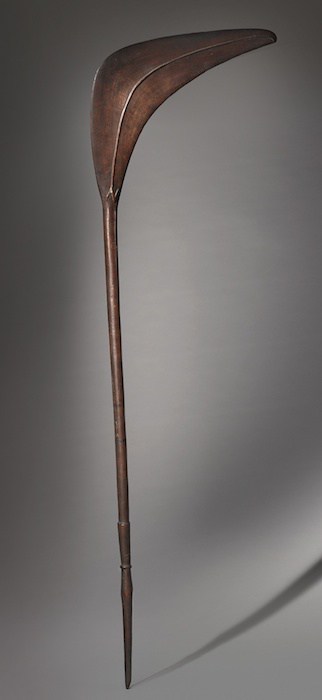

Solomon Island Baton
Solomon Island ceremonial batons are often thought to be a club or cudgel. They come from the Araere People South Malaita Island. The shaft is inlaid with pearl or nautilus shell and the top with a woven cane over wood.
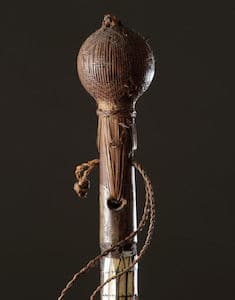
Subi of Supe club
These come from Malaita Island and have a coir string binding on the handle. These were made for sale and barter to servicemen in world war II in the hundreds. Old ones are quite rare but WWII examples are very common.

Nggela Solomon Island War club
These clubs are quite common but often have the binding on the handle missing.
Most serious collectors want an example that has the finely woven binding on the handle intact.
Santa Cruz Dance Club
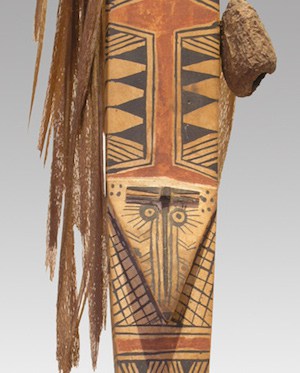
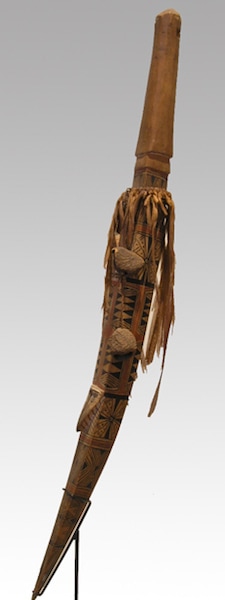
Solomon island throwing Club
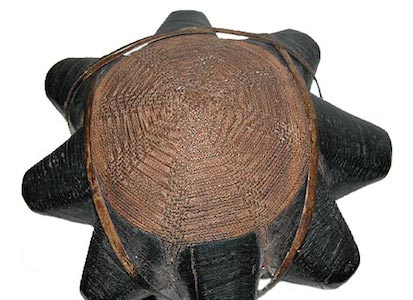
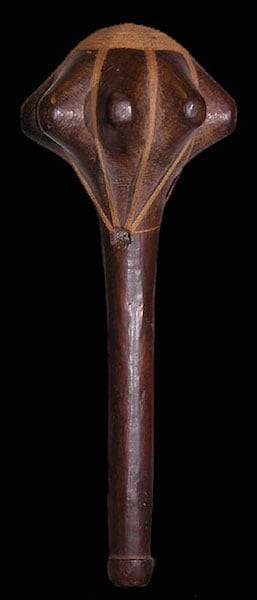
All images in this article are for educational purposes only.
This site may contain copyrighted material the use of which was not specified by the copyright owner.
More Weapons and Articles on Weapons
Solomon Island War Club Value
All old Solomon island War clubs and clubs from the South Pacific Islands have some value. The value of a war club depends on the beauty rarity and condition. If you have a club and it isn’t shown here please look through my articles Polynesian clubs Fijian Clubs and Aboriginal Clubs. If you still cannot find information on a club feel free to send me some images.
